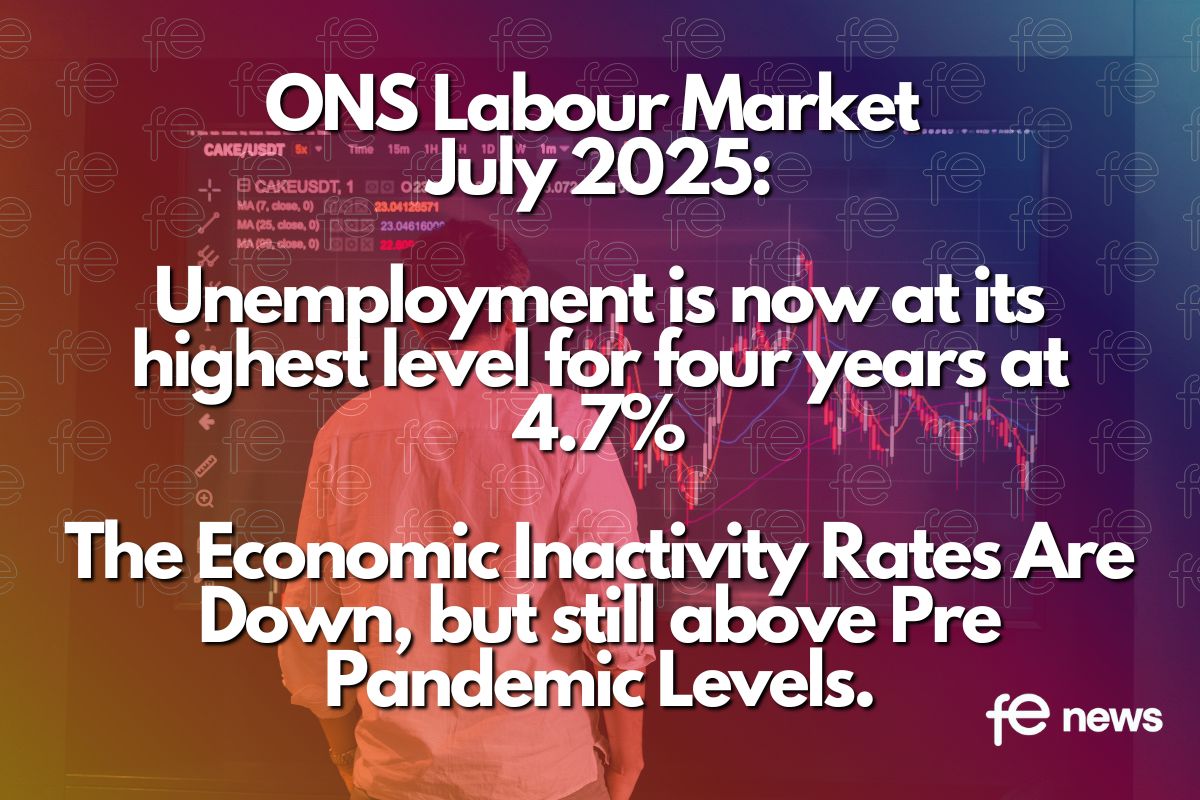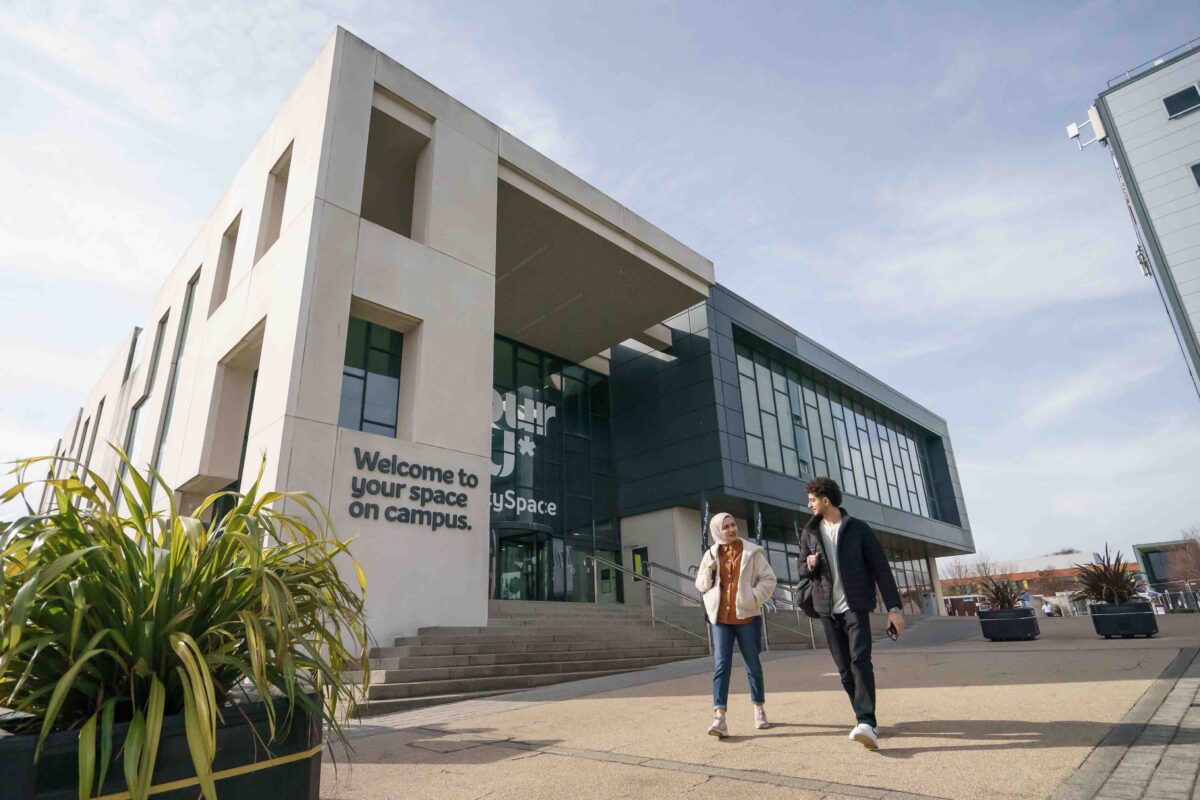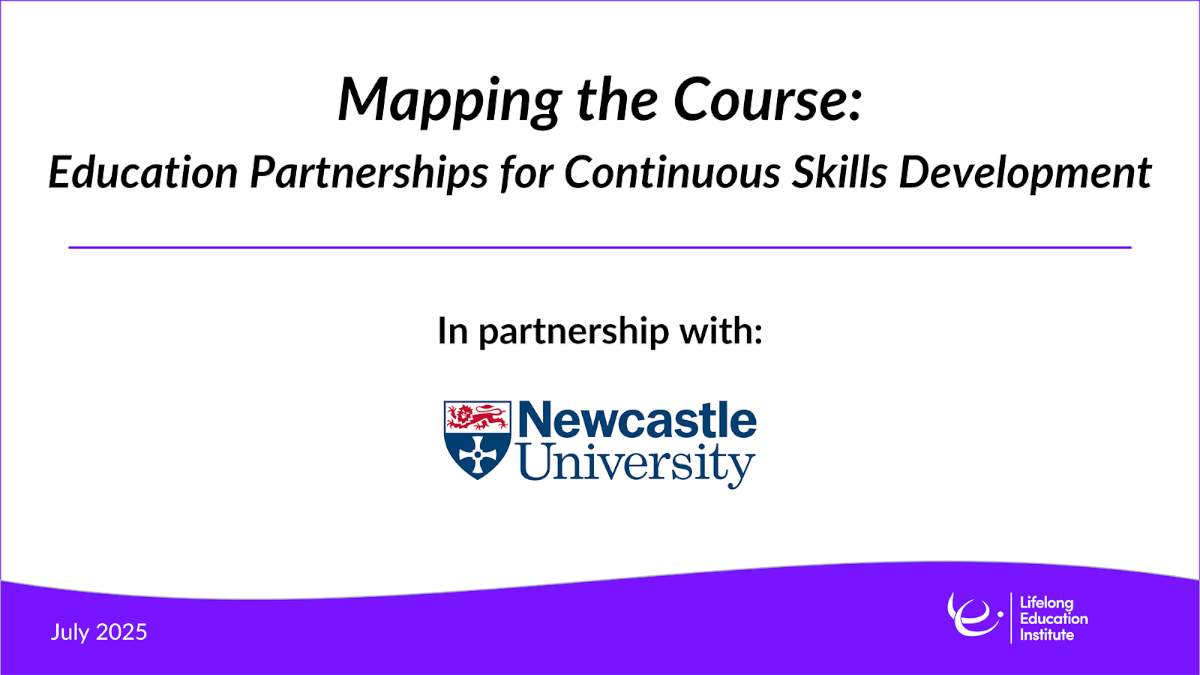Attracting students is only part of the challenge in new university admissions buyer’s market

More students securing their first-choice university place, more students going through clearing rather than the traditional route, and eye-catching offers such as free accommodation for the first year. University admissions are showing more and more signs of becoming a buyer’s market.
With Fresher’s Week and the start of term upon us, the dynamics are evolving and with students much more likely to scrutinise the value of degrees given the costs of tuition and living, it’s clear that attracting students is going to become a bigger priority for universities. But it doesn’t stop there.
A university’s marketing department may be doing a great job of selling the institution’s student experience and outcomes, but too often, when students get to campus, their expectations clash with reality. With attrition, universities not only lose revenue year after year, but they also imperil their good name.
Minimising student attrition requires high teaching standards, a vibrant social environment, easy access to support services, routes to potential employers, friends made (or not). The list goes on.
Our recent report with HEPI highlighted the importance of student welfare and the economic challenges facing students who increasingly have to work a second job during term time to get them through their studies, placing even more demands on their time. The research revealed that to reach the minimum acceptable standard of living, students need to work as many as 19 hours a week, despite most universities recommending no more than 15 hours of work during term.
How universities respond to this myriad of often complex challenges and ensure a smooth landing for students is key. One area universities are increasingly making use of is technology, and specifically the role data can play.
What data can tell us about student wellbeing
Many institutions have the technology to focus on student wellbeing, mental health, and engagement. But in most cases, that data isn’t connected across other student-related information, such as academic performance, finance, or health services. Those gaps can limit their ability to spot patterns or risky behaviours that, if caught early, could change the trajectory for that student.
Adopting a joined-up approach to timetabling and scheduling can also make a big difference for students.
Leveraging data-led insights such as attendance, room accessibility and alternative arrangements. Crucially, it supports students with balancing their workload, enabling them to seamlessly integrate class and exam timetables with personal calendars, book resources and arrange meetings with staff and support services from their own device anytime, anywhere.
Data is one of the most powerful assets universities have in delivering an exemplary student experience. However, collecting data is meaningless if you can’t make sense of it and turn it into an actionable insight to support necessary interventions. The fact that most institutions are sitting on legacy siloed technical infrastructure that doesn’t enable a full picture makes this even more challenging.
Of course, technology is only one part of the solution, but it is a critical enabler. The challenge for cash-strapped universities will be to unlock the power of the data they already hold to make the university more efficient.
By Leo Hanna, Executive Vice President, TechnologyOne UK











Responses